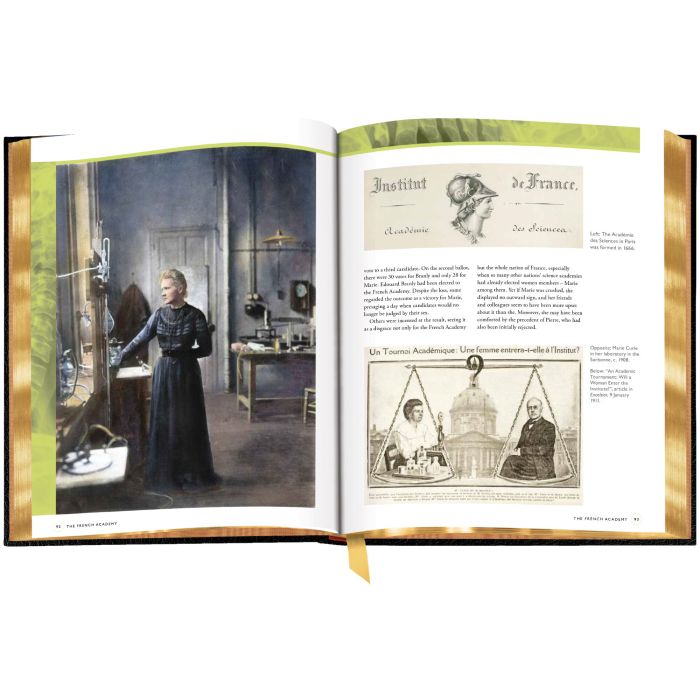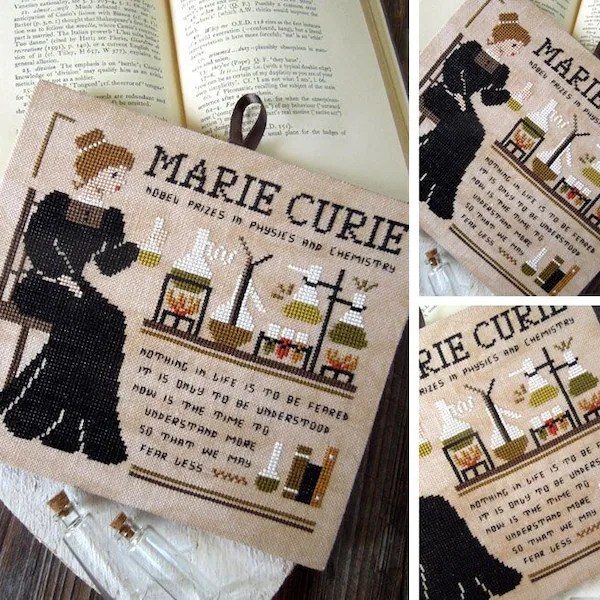Marie Curie Wedding Dress A Historical Reconstruction
Marie Curie’s Wedding Attire: Marie Curie Wedding Dress
Marie curie wedding dress – The wedding of Maria Skłodowska and Pierre Curie in 1895 offers a fascinating glimpse into the societal norms and personal choices of a remarkable woman on the cusp of a groundbreaking scientific career. While no photographs of her wedding dress exist, historical context allows us to reconstruct a plausible image of her attire, reflecting both the constraints of her social standing and her own practical nature.
Marie Curie’s Wedding Attire: A Historical Context
Late 19th-century Poland, under Russian rule, experienced a complex social hierarchy. Wedding attire reflected this, with wealthier women sporting elaborate silk gowns, often in pastel shades, adorned with lace and embroidery. These dresses signified social status and were a significant investment. Women from less affluent backgrounds, like Marie, likely wore simpler dresses, possibly made from wool or a less expensive fabric like cotton.
Darker colors were more common for everyday wear in this era, with brighter hues reserved for special occasions. Marie’s dress would likely have been a compromise between tradition and practicality, reflecting her modest background and independent spirit.
Imagine Marie on her wedding day. She wears a simple but elegant gown, likely in a deep blue or dark brown, a practical choice for a woman focused on her studies. The fabric, possibly wool or a sturdy cotton, would have been chosen for its durability rather than its delicate nature. The dress is likely a long-sleeved, high-necked design, reflecting the modest fashion of the time, with minimal embellishments.
Her overall appearance is one of quiet dignity and understated elegance, foreshadowing the strength of character that would define her remarkable life.
Interpreting Existing Visual Evidence

Source: eastonpress.com
Unfortunately, no known photographs or paintings depict Marie Curie’s wedding attire. However, based on historical accounts and societal norms, a hypothetical illustration can be created. The dress would be a long, high-necked gown, perhaps with long sleeves, made of a dark, practical fabric like wool or dark cotton. The style would be relatively simple, avoiding elaborate embellishments common in wealthier women’s dresses.
The lack of ornamentation reflects Marie’s pragmatic personality and her focus on intellectual pursuits over material display.
The design would lack ostentatious lace or embroidery. The symbolism would lie in its simplicity and practicality – reflecting Marie’s dedication to her studies and her rejection of superficial displays of wealth. The dark color could symbolize her serious and focused nature, while the simplicity could represent her unpretentious personality and dedication to her work.
The Practical Aspects of Marie Curie’s Wedding Dress

Source: etsystatic.com
Marie Curie’s wedding dress was likely a reflection of her practical nature and limited financial resources. It would have been a simple, yet elegant design, prioritizing functionality and durability over elaborate embellishments. The choice of fabric and construction would have been dictated by both her personal preferences and financial constraints.
The decision-making process behind the dress’s creation likely involved a balance between tradition and practicality. Marie, known for her intellect and focus on her studies, probably prioritized a comfortable and functional garment over a fashionable statement. The dress would have been a modest reflection of her social standing, not intended to impress but to serve its purpose as wedding attire.
Marie Curie’s wedding dress, a practical and understated garment reflecting her personality, differed greatly from the elaborate styles of the era. Interestingly, the simplicity of her choice foreshadows modern trends; consider the elegance of many contemporary bridal gowns, such as the beautiful selection of maxi dresses with sleeves for weddings , which offer a similar understated sophistication.
Returning to Curie’s dress, its lack of ostentation speaks volumes about her priorities and remains a fascinating aspect of her life.
| Material | Source | Description | Significance |
|---|---|---|---|
| Dark wool or cotton | Local Polish textile merchants | Durable, warm, and relatively inexpensive fabric suitable for the season. | Reflects Marie’s practical nature and financial constraints. |
| Minimal embroidery (if any) | Possibly handmade by a family member or seamstress | Simple, understated embellishment, if any. | Reflects Marie’s preference for simplicity and focus on intellectual pursuits. |
Marie Curie’s Wedding Dress and its Legacy, Marie curie wedding dress
Compared to the opulent gowns worn by wealthier women of the era, Marie Curie’s wedding dress likely stood out for its simplicity and understated elegance. This choice reflects her personality and her dedication to science. Her attire foreshadowed her future achievements – a life dedicated to groundbreaking research, rather than societal expectations of lavish display.
A fictional dialogue between Marie and her sister Bronia might reveal insights into her choice of attire:
Bronia: “The dress is lovely, Maria. Simple, but elegant. It suits you perfectly.”
Marie: “Thank you, Bronia. I wanted something practical and comfortable. There are more important things to focus on than elaborate fashion.”
Popular Questions
What color was Marie Curie’s wedding dress likely to be?
Given the era and her social class, muted colors like dark blues, greens, or browns were more probable than bright or pastel shades.
What fabrics might have been used in her wedding dress?
Likely, more affordable and durable fabrics such as wool, linen, or cotton would have been used, possibly with some silk detailing if resources allowed.
Did Marie Curie have a large wedding?
Given her relatively modest background, it’s likely her wedding was a relatively small and simple affair, reflecting her practical nature.
Where is Marie Curie’s wedding dress now?
To the best of our current knowledge, no wedding dress has been definitively identified as belonging to Marie Curie. It is possible it no longer exists.



















